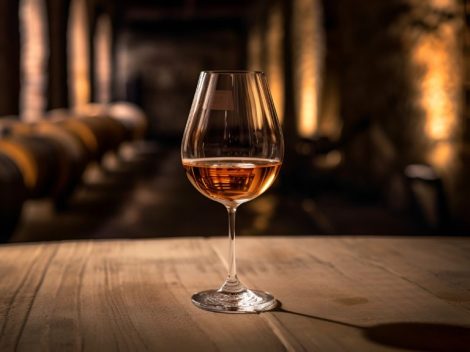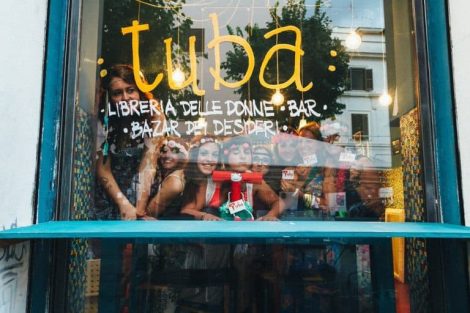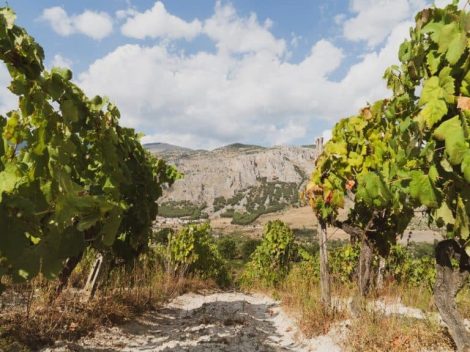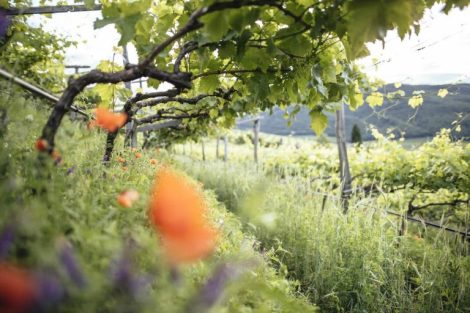Breakfast in Portugal
Plains, vast pasture lands, wooded areas that give life to succulent game and an ancient agricultural tradition that relies on the rich area's biodiversity. Portugal offers a complex table, strongly influenced by the Celtic populations that occupied the country in 600 BC, but also by the Arabs who, in the 8th century AD settled the southern part of the peninsula, introducing new techniques for preparing food as well as unknown foods. But the country also offers a fish-based cuisine that relies on cod fish, and a deep knowledge of spices and herbs. Portuguese gastronomy is a perfect mix between intense flavours and aromatic accents, a complex synthesis between meat and fish, which also gives space to an articulated universe of fruit and vegetables. This means that also the first meal of the day is enriched with the most varied flavours, including tasty and substantial sweet and savoury specialties. There is not great abundance of these, and as it always happens, each area preserves its own local habits and traditions, but we have nevertheless tried to share a piece of history of the most widespread products throughout the country.
Pastel de nata, the pastry of monasteries
The absolute star of any self-respecting Portuguese sweet snack is the pastel de nata, a puff pastry pie filled with pastry cream that's widespread in all Portuguese-speaking countries, from Brazil to Angola. In the beginning, born as pastéis de Belém, a sweet invented around the 19th century at Antiga Confeitaria de Belém, a historic pastry shop next to the Belém monastery, it's still the only one to preserve the original recipe. There are also those who affirm that it was instead the nuns of the convent of the Geronyms of Belém who first created these tasty pastries. The nuns were then forced, following the liberal revolution of 1820 and consequent closure of the monasteries, to sell the recipe to a local entrepreneur, Domingos Rafael Alves, who started selling them at a nearby store. One thing is certain: Casa Pasteis de Belém, still in the hands of the descendants of Alves, from 1837 to present day hasn't changed the original preparation. According to the Portuguese, this is where some of the best pasteis in the country. Legends and stories aside, a very similar dessert is actually mentioned in a much older cookbook, dating back to 1538, "Infanta Dona Maria", which describes a pie filled with eggs and sugar that recalls the flavours and textures of pastel de nata.
Torrada: the history of pão de forma
There's also room, however, for savoury breakfast foods. In Portugal it's common to find families sitting at tables in coffee bars busy spreading cheese on slices of toasted bread, eaten with typical local cured meats. At the base of everything is torrada, a slice of pão de forma, a local version of our sliced bread, cut very thick and toasted. It's a soft and versatile dough, generally used for the preparation of toast, made with flour, water, milk, seed oil, malt, brewer's yeast, salt and sugar, usually with added butter or vegetable fats. The iconography in many films, showing sandwiches with peanut butter and jam, to grilled cheese sandwiches, as part of the collective imagination have fostered the mistaken idea that this type of product is an American invention.
Sliced white bread, on the other hand, seems to be an Italian invention, created in Turin in the second half of the 19th century. Responsible for this specialty was probably Piero Pantoni, according to tradition, the executioner of Turin in charge of the last hanging in the city, in 1864. Solitary and marginalized by all, the executioners were people who didn't have a good reputation: they were, in fact, victims of various pranks and harassment. Among these bakers who, in contempt, handed hangmen bread loaves upside down (from this comes the popular superstition of never placing upside down loaves of bread on the table). Pantoni tried to rebel, making an appeal to authorities, who decided to issue a new law according to which bakers henceforth would have had to hand bread upside down to all customers, regardless of social status and profession. To circumvent this sentence, bread artisans invented a new type of brick-shaped bread that had almost the same appearance on both sides. In this way, the executioners could be satisfied, and the bakers could continue to turn the bread upside down once they got out of the oven without their customers noticing.
Galão, Portuguese-style macchiato
The protagonists, therefore, are toasted sandwiches filled with various cured emats, such as cold cuts from Azaruja, for example: batateira, made with pork fat, cooked potatoes, garlic, pepper, pork gut and salt; botifarra, made with pork (ears, scraps of fat, snout and head), salt, pepper and intestines; or the linguniça, stuffed with minced pork (legs and fat from the head), garlic, salt, pepper and tripe. There are many more, all paired with local cheeses, starting with the world famous queijo serra da Estrela, a hard or semi-hard sheep's milk cheese typical of the Serra da Estrela region. Despite the bold flavours, torradas are commonly enjoyed with coffee. In particular, the traditional galão, made with espresso and whipped milk, is a sort of latte macchiato consisting of a quarter of coffee and three quarters of milk. With a full, rich and soft taste, it's one of the most popular and widespread beverages among consumers of all ages, an ubiquitous specialty of every respectable bar. For lovers of less sweet tastes, the meia de leite (half-and-half) version is also available, with a ratio of 1:1 coffee and dairy.
Queijadas de Sintra
A sweet specialty made entirely of cheese: in the hilltop town of Sintra, the queijadas play a starring role: they are small, soft and fragrant cakes boasting an unmistakable aroma. Their history has its roots in the Middle Ages, precisely in 1227, during the reign of Sancho II: in this period, according to official documents kept in the national archives of Torre do Tombo, queijadas were used to pay part of the rent of properties in the area. Place of origin of this delicacy is Ranholas, a small town near Sintra, where the Sapa family lived, and who was the first to create the recipe with the few ingredients available in the pantry. It was only in the mid-18th century, however, that Maria Sapa began to develop a more intense sales network. Then after the end of the 19th century, other families and small artisans in the area began to reproduce the recipe at home, thus spreading the popularity of the sweet to other locations.
Recipe: pastel de nata by Lorenza Barletta and Ludovica Frigieri
Ingredients
3 yolks
50 g. sugar
100 ml. fresh double cream
1 roll of puff pastry
powdered cinnamon or icing sugar for garnish
Heat a saucepan with a little water to prepare the pastry cream cokking it at bain-marie. In a smaller saucepan, place the egg yolks and sugar and start whisking. Continue to stir, add the cream a little at a time. Check the temperature of the cream with a thermometer; it should reach 80°C. At that point, let it cool. Cut out small rounds of puff pastry, using a pastry cutter. Put the pastry discs in muffin moulds and pour the cream into each. Bake in a hot oven at 220°C for 20 minutes. Serve still warm, with a dusting of cinnamon or icing sugar.
by Michela Becchi

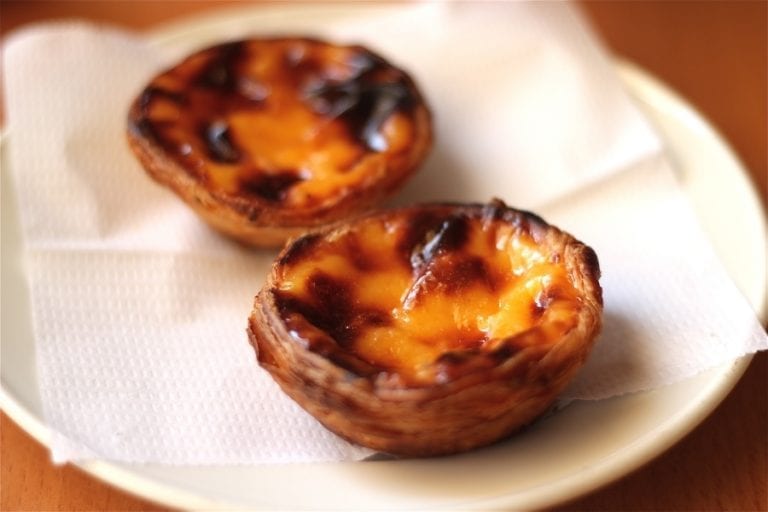
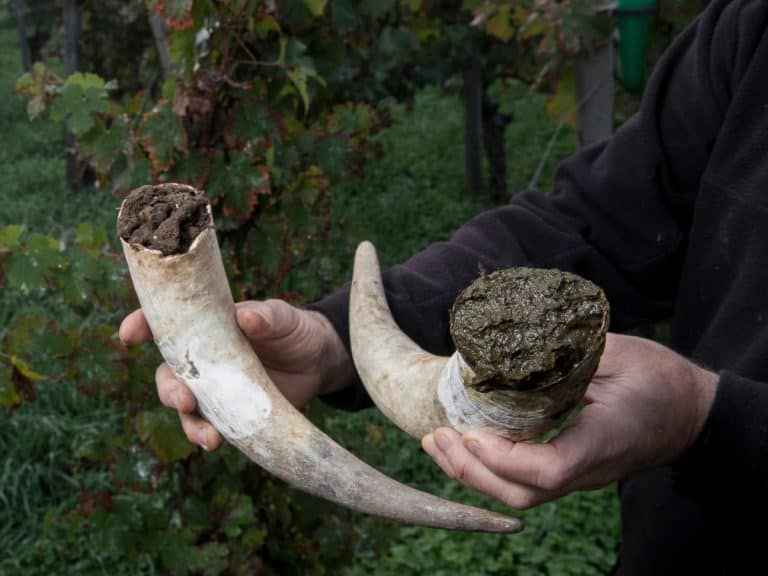 "Biodynamic preparations ave no effect on viticulture": The shocking conclusions of a Swiss study
"Biodynamic preparations ave no effect on viticulture": The shocking conclusions of a Swiss study Ten last-Minute Christmas gift ideas for a wine nerd
Ten last-Minute Christmas gift ideas for a wine nerd Food and wine tourism generates €40 Billion in revenue: Tuscany, Emilia-Romagna, and Puglia take the podium
Food and wine tourism generates €40 Billion in revenue: Tuscany, Emilia-Romagna, and Puglia take the podium "Non-alcoholic wine shouldn’t be demonised: it’s in everyone’s interest that it’s not just a passing trend". Piero Antinori opens the door to the category
"Non-alcoholic wine shouldn’t be demonised: it’s in everyone’s interest that it’s not just a passing trend". Piero Antinori opens the door to the category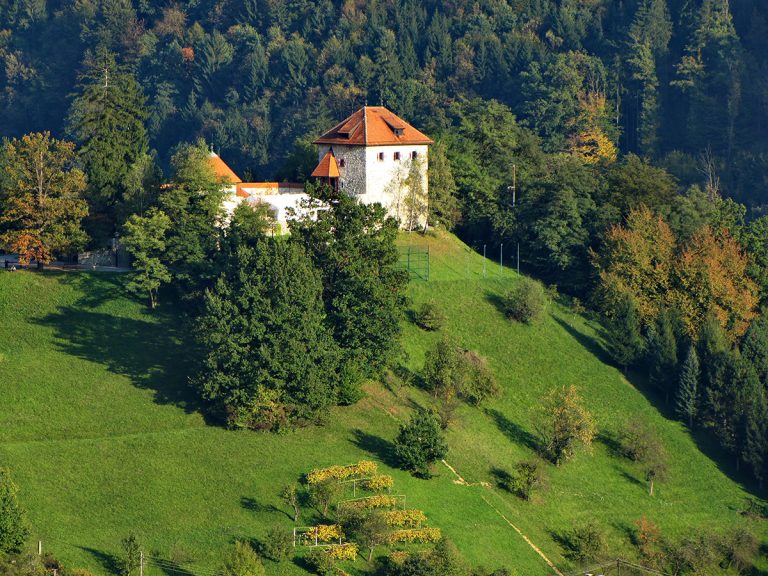 The Slovenian chef passionate about foraging who cooks in a remote castle
The Slovenian chef passionate about foraging who cooks in a remote castle
